1. The Brady Bunch Casting Had a Surprising Twist

The iconic family sitcom The Brady Bunch might seem like the perfect picture of harmony, but behind the scenes, there was an unusual casting twist. The role of Carol Brady, the mother, was originally going to be played by actress Florence Henderson’s understudy, but due to scheduling issues, Henderson got the role instead. She went on to become one of the show’s most beloved characters, but not without a bit of behind-the-scenes drama. Henderson had to balance being a mother figure on-screen while navigating the challenges of motherhood in real life, often finding her own struggles reflected in her portrayal of Carol.
What many people don’t know is that during the show’s production, the child actors, particularly the younger ones, had a unique relationship with their on-screen parents. The youngest cast members, like Susan Olsen (Cindy), often looked to Henderson for guidance both on and off-screen. This dynamic became so tight-knit that the actors frequently spent their weekends together, forming a bond that mirrored the close-knit Brady family.
2. I Love Lucy Set Was Anything But Relaxed

I Love Lucy is known for its humor and unforgettable moments, but behind the laughter, the set was far from a stress-free environment. Lucille Ball, who played the title character, was known for her intense work ethic, and she expected the same from her co-stars. In fact, she would often rehearse scenes for hours, demanding perfection. This dedication was crucial to the show’s success, but it also created tension, particularly with her co-star, Desi Arnaz. Their on-screen chemistry might have been undeniable, but off-screen, their tumultuous marriage sometimes spilled over into their professional life.
Despite the challenges, the two of them created a groundbreaking sitcom that not only pushed boundaries in terms of comedy but also in terms of production. For example, I Love Lucy was one of the first shows to be filmed in front of a live audience, a decision that added an unpredictable element to the process. This made every moment feel fresh and lively, but it also meant that every take had to be flawless, as any mistake was noticed immediately by the audience.
3. Bewitched Had a Hidden Pregnancy Plot
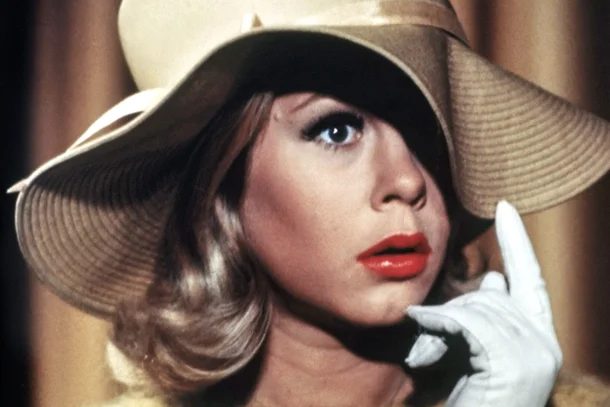
On Bewitched, Elizabeth Montgomery’s character, Samantha, could cast magic spells, but what many fans didn’t realize is that her pregnancy was cleverly hidden due to Montgomery’s real-life pregnancy. During the show’s early seasons, Montgomery’s growing belly was camouflaged by props like oversized clothing and well-timed camera angles. Her pregnancy was kept under wraps for the first few months of filming, with creative solutions like shooting from the waist up or using furniture to block her midsection. It wasn’t until later that the pregnancy was written into the storyline.
This unexpected change in the plot resulted in one of the show’s most memorable arcs. Samantha’s pregnancy was portrayed in a way that fit seamlessly into the magical world of Bewitched, blending real life with the surreal. It was a stroke of genius that allowed Montgomery to continue her role while also managing her personal life, and it added a fun twist to the show’s magical realism.
4. The Twilight Zone Set Was Often Terrifying
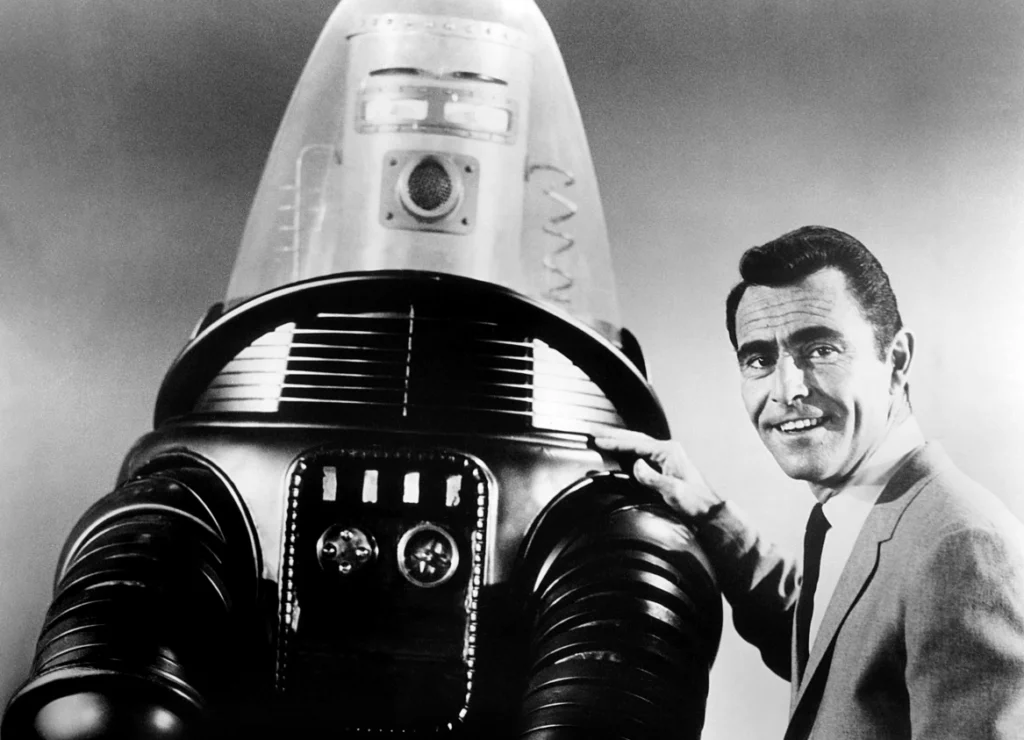
Rod Serling’s The Twilight Zone was known for its eerie storytelling, but what many don’t know is that the set was often as spooky as the stories themselves. The crew worked in cramped spaces with low budgets, making the production process a tense and challenging experience. The special effects, which were groundbreaking at the time, often had to be shot on a shoestring budget, resulting in some seriously inventive techniques. For instance, to create the illusion of disappearing characters, crew members would hide behind props or use simple but effective editing tricks that still managed to deliver some seriously unsettling moments.
The real horror, however, was the intense pressure to get each episode just right. Serling himself was known to be a perfectionist, often reworking scripts until the last minute. This relentless pursuit of excellence created a unique atmosphere on set, where everyone—from the actors to the crew—had to give their all to meet Serling’s high standards. The result was a show that not only left an impact on TV but also became a pop culture phenomenon.
5. The Munsters Used Some Creepy Prop Tricks
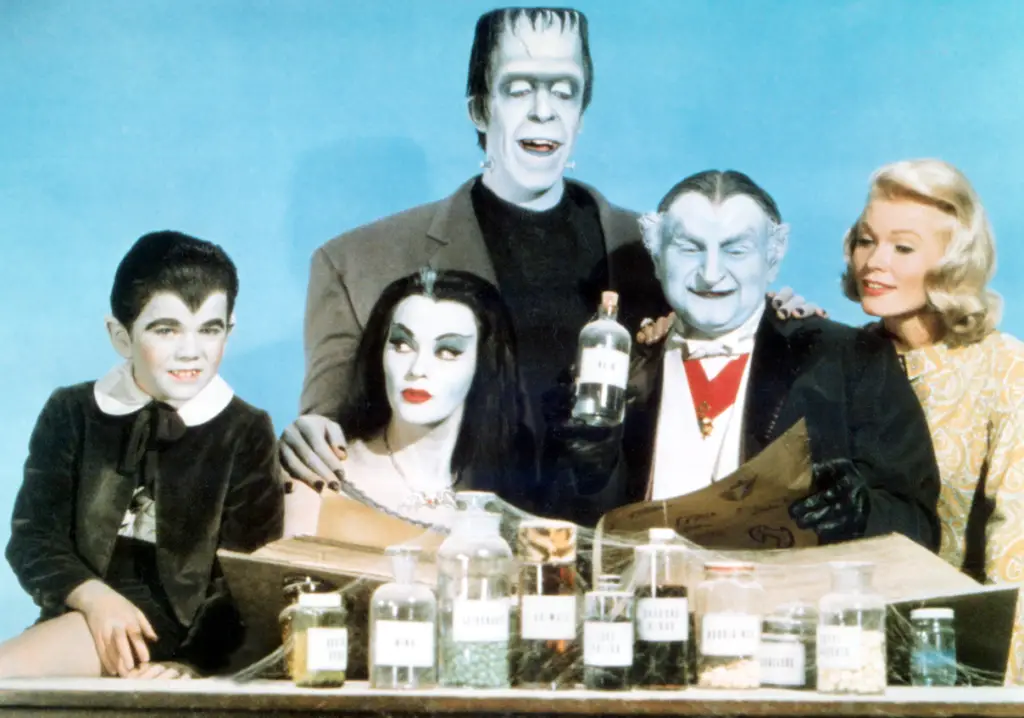
While The Munsters might have had a family-friendly vibe, the props used to create the show’s spooky atmosphere were anything but harmless. The crew would often rely on elaborate special effects and creepy props to bring the characters’ monstrous appearances to life. For example, Fred Gwynne’s character, Herman Munster, had a mask that took hours to apply, and the crew had to work meticulously to ensure that the prosthetics were both comfortable and realistic. The process was so time-consuming that Gwynne would sometimes have to sit still for up to four hours before filming began.
Beyond the makeup, the set design itself contributed to the eerie vibe. Many of the household objects were designed to look bizarre or out of place, adding to the show’s quirky charm. It was a delicate balance of horror and humor, and the behind-the-scenes efforts were key to making sure the show lived up to its unique aesthetic.
6. The Dick Van Dyke Show Had an Unusual Taping Schedule
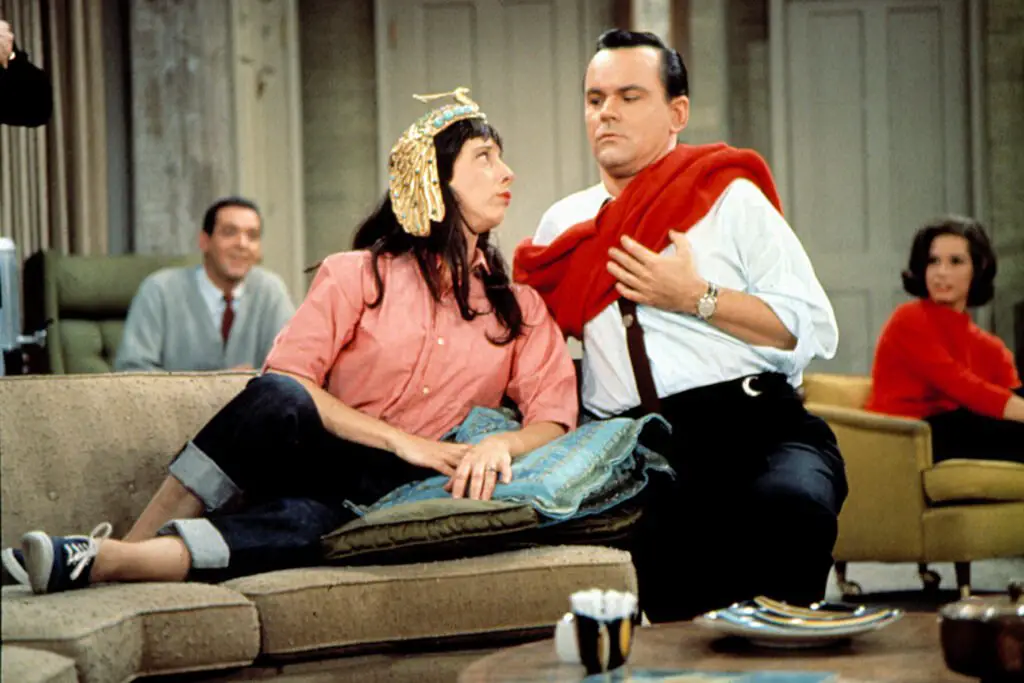
The Dick Van Dyke Show was a classic example of TV’s golden age, but what many fans didn’t know was that the show’s taping schedule was anything but conventional. Unlike most shows that filmed multiple episodes in a single week, The Dick Van Dyke Show had an intense production schedule where they would rehearse an episode for four days before filming it in front of a live audience. This rigorous approach meant that the cast had to stay sharp and perform their lines perfectly, with no room for error. Van Dyke and his co-stars had to rely heavily on timing, which was crucial for the show’s fast-paced humor.
The rehearsal process was incredibly demanding, but it allowed the cast to develop chemistry and make each scene feel more spontaneous. Van Dyke himself was known for his dedication to delivering perfect performances, which resulted in some of the most iconic moments in TV history. The pressure of this schedule may have been exhausting, but it also contributed to the show’s success, ensuring that each episode was finely tuned to perfection.
7. Gunsmoke Cast Had a Unique Approach to Authenticity
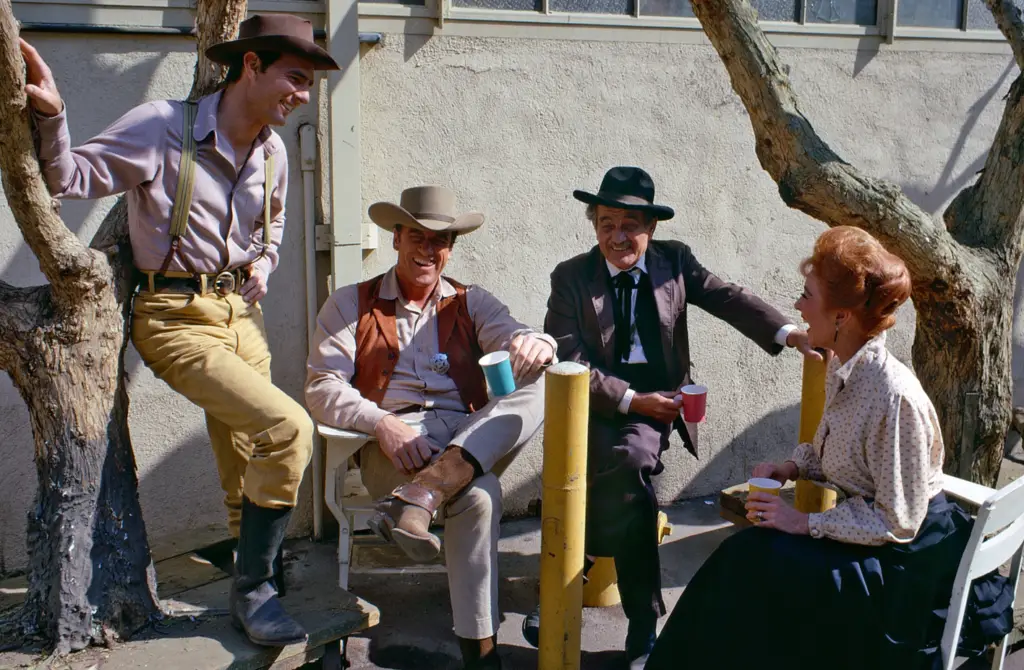
Gunsmoke was one of the longest-running TV shows in history, and much of its success was due to the cast’s dedication to authenticity. James Arness, who played Marshall Matt Dillon, insisted that his character’s movements and actions be as realistic as possible. To achieve this, he spent hours studying real-life lawmen and researching how they would act in various situations. Arness also took inspiration from the rugged landscape, using the environment to inform his portrayal of Dillon, ensuring his character felt as real as possible in the Wild West setting.
What many people don’t realize is that the Gunsmoke set was designed with accuracy in mind. The props, such as the guns, wagons, and furniture, were all sourced to ensure they matched the time period. This attention to detail extended beyond the set, with the show’s writers often working with historians to ensure that each episode captured the true spirit of the Old West. It wasn’t just a western—it was an immersive experience that aimed to transport viewers back in time.
8. The Addams Family Was Inspired by a Cartoonist’s Daily Life
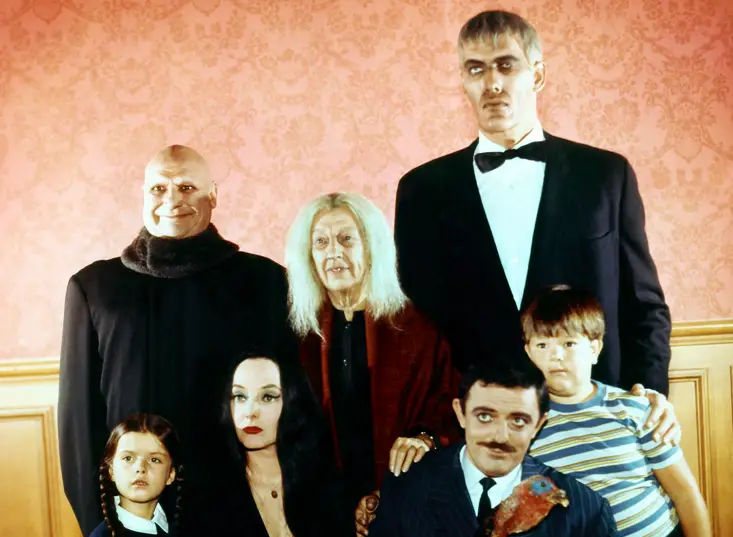
The Addams Family was the perfect mix of macabre humor and family-friendly antics, but what many fans don’t know is that the show’s creation was inspired by the real-life quirks of a cartoonist. Charles Addams, the creator of the original cartoons, based the family’s oddball charm on his own eccentric lifestyle. He was known for his dark sense of humor, and it was this unique perspective that informed the characters of Gomez, Morticia, and the rest of the family. Addams’ real-life relationships, particularly with his romantic partners, were also reflected in the playful yet darkly affectionate dynamic of the Addams family.
Behind the scenes, the show’s actors embraced their roles with a similar blend of humor and quirkiness. John Astin, who played Gomez, would often improvise lines to give his character even more charm, while Carolyn Jones (Morticia) brought a sophisticated yet quirky flair to her role. The production was all about creating a world that felt both spooky and charming, and the actors leaned into the absurdity of it all to create a timeless show that still resonates with audiences today.



